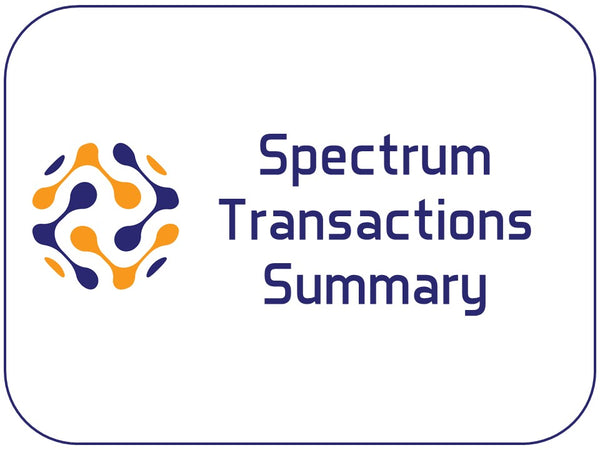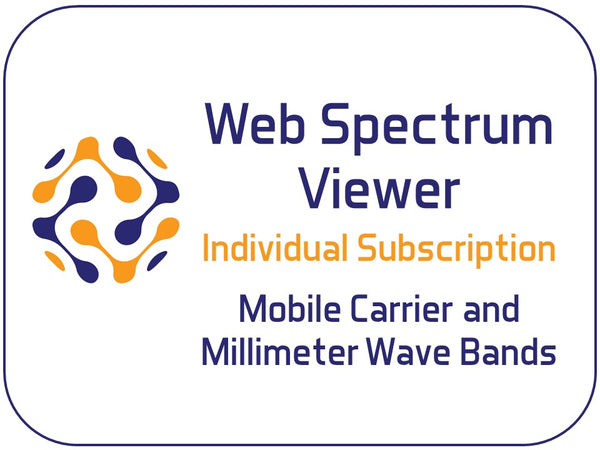T-Mobile's Upper Mid-band Spectrum Advantage October 29, 2024 07:30
Last month the FCC opened a docket to collect comments regarding AT&T's petition to have the FCC establish an upper mid-band spectrum enhanced review before secondary market transaction can be approved. This is effectively an upper mid-band spectrum screen because AT&T has requested that the enhanced review include spectrum resources between 2.5GHz and 6GHz rather than starting at 1 GHz which is the typical cutover for "mid-band spectrum". Although it is not stated, this petition is driven by T-Mobile's accumulation of 2.5GHz spectrum and some of the recent reports of network quality issues for the carriers relying on C-band spectrum.
The maps below we compare T-Mobile's available upper mid-band spectrum that is currently available to deploy to both AT&T and Verizon.. Based upon their latest earnings call, T-Mobile is not currently deploying any C-band spectrum so the Current Situation maps below entirely reflect their 2.5GHz spectrum. In the maps below, T-Mobile's upper mid-band spectrum advantage is indicated with the blue regions and AT&T's advantage is indicated in white. AT&T's upper mid-band spectrum includes their 3.45GHz and C-band frequencies.

























